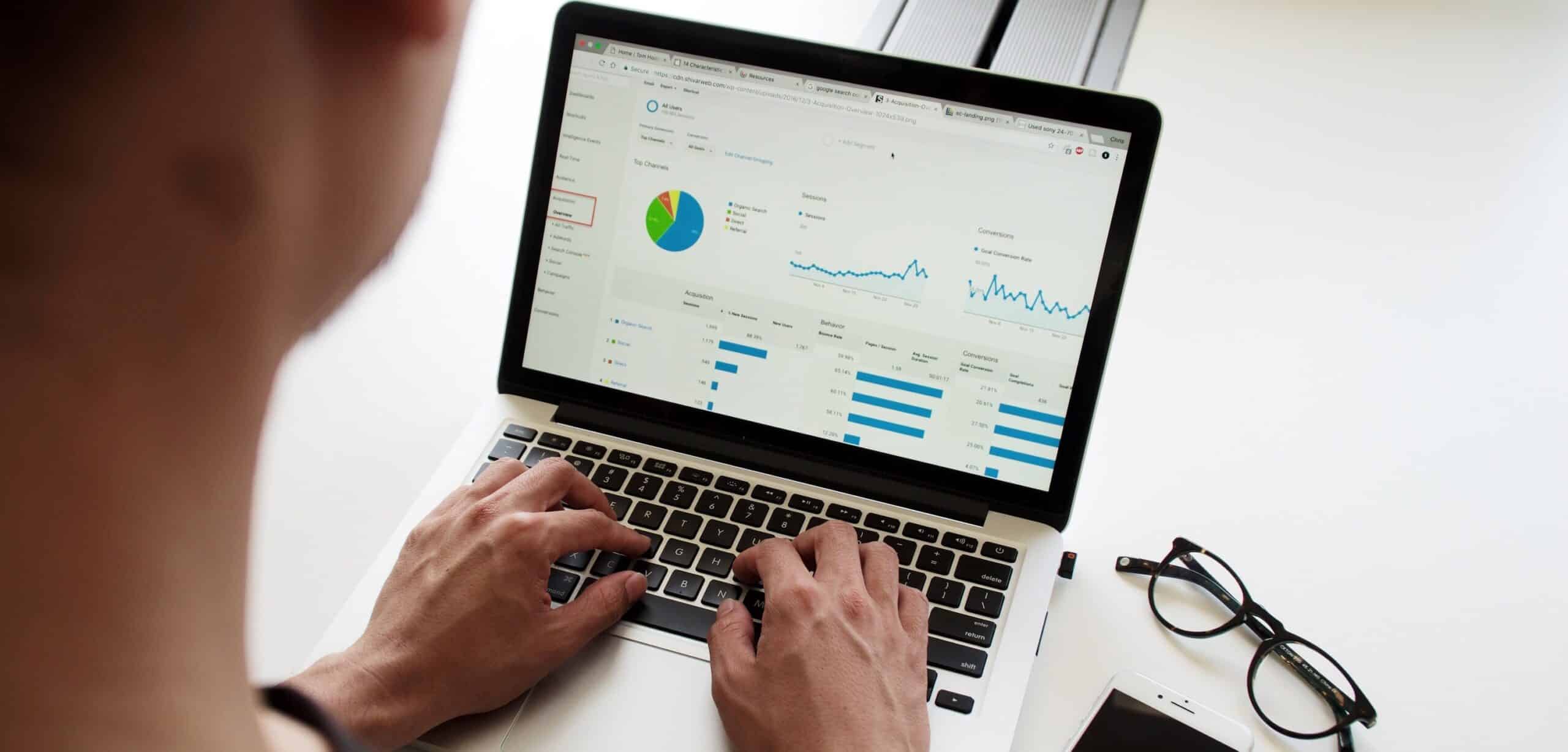
Machine learning algorithms are playing a key role in the collections industry’s technological growth. Companies are working to integrate artificial intelligence and machine learning into their strategies in response to changing regulations and evolving consumer preferences. These processes can look dramatically different from business to business!
Some technologies are being applied to optimize traditional call and collect strategies while others are building digital-first outreach platforms. Understanding how these algorithms are working for the industry can provide insight into the future of collections.
Business intelligence and analytics
Business intelligence platforms are the foundation for the future of collections. They not only help companies understand how to best reach their existing accounts using traditional collections strategies but also integrate into other digital tools to create powerful automated systems.
These algorithms process large sets of data such as call times, call effectiveness, the value of certain accounts, collections rates, and many other variables. By analyzing this information, teams can optimize their outreach strategies by focusing on accounts that are more likely to be collected on, understand what times of day or channels work the best, and even determine what language to use in conversation with specific subsets of accounts.
Portfolio evaluation and exchange
By adding a clear scoring system to business analytics tools, teams can share their portfolios in an online marketplace with other creditors and debt buyers in order to buy, sell, and even outsource debts as needed.
While debt marketplaces are not new, real-time scoring updates and activity insights provide a dynamic, cloud-based view into a fluctuating market.
Human-like contact center agents
As companies evaluate their data and optimize their outreach, they can also integrate digital agents to interact with consumers over the phone. Artificial intelligence software can be used to create human-like voices and personalized experiences for consumers.
These platforms can operate at scale more easily than sprawling call centers but still rely on a traditional call and collect model that consumers are shying away from. As consumer preferences shift toward digital channels, more machine learning tools can help to optimize for an omnichannel experience.
Digital collections platforms
Digital collections software is able to optimize performance data and leverage it using a diverse, multi-channel communication approach. Phone calls may be included as part of a larger strategy, but these platforms are primarily built around modern consumer channels including email, SMS, push notifications, and direct drop voicemails.
Contextual bandit algorithms take channel selection to a level beyond traditional A/B testing. Even if 10% of your consumers prefer one message type to another, it’s important to understand all of your audience’s preferences.
Digital channels integrate seamlessly with decision making algorithms and can optimize communications in ways that call systems cannot. For example, digital channels like email can reach consumers outside of hours typically limited by the TCPA.
25% of TrueAccord’s consumers access their accounts outside of the 9am to 9pm when traditional agencies cannot legally reach them.
Digital debt collection agencies
Each of these implementations of machine learning help to build a more personalized, more focused, and more forward thinking debt collecting experience for both consumers and creditors. One consistent factor that does limit their effectiveness is the need to build them into existing systems or alter processes at scale.
A collection agency that bears the consumer in mind and has a machine learning-driven, digital-first strategy removes this hurdle and enables a full-service, easy to use experience for both companies and consumers. With these technologies built into a team rather than a product or service, digital debt collection agencies can provide the services outlined above alongside a dedicated infrastructure and a team of technology experts.
Choosing the right tools and support for your company’s collection efforts is more important now than ever before, and understanding the options that are available can help you to future-proof your strategy before it’s too late.
Still have questions? Our team is happy to help make sense of what a digital-first collections agency can do. Set up some time to chat!
